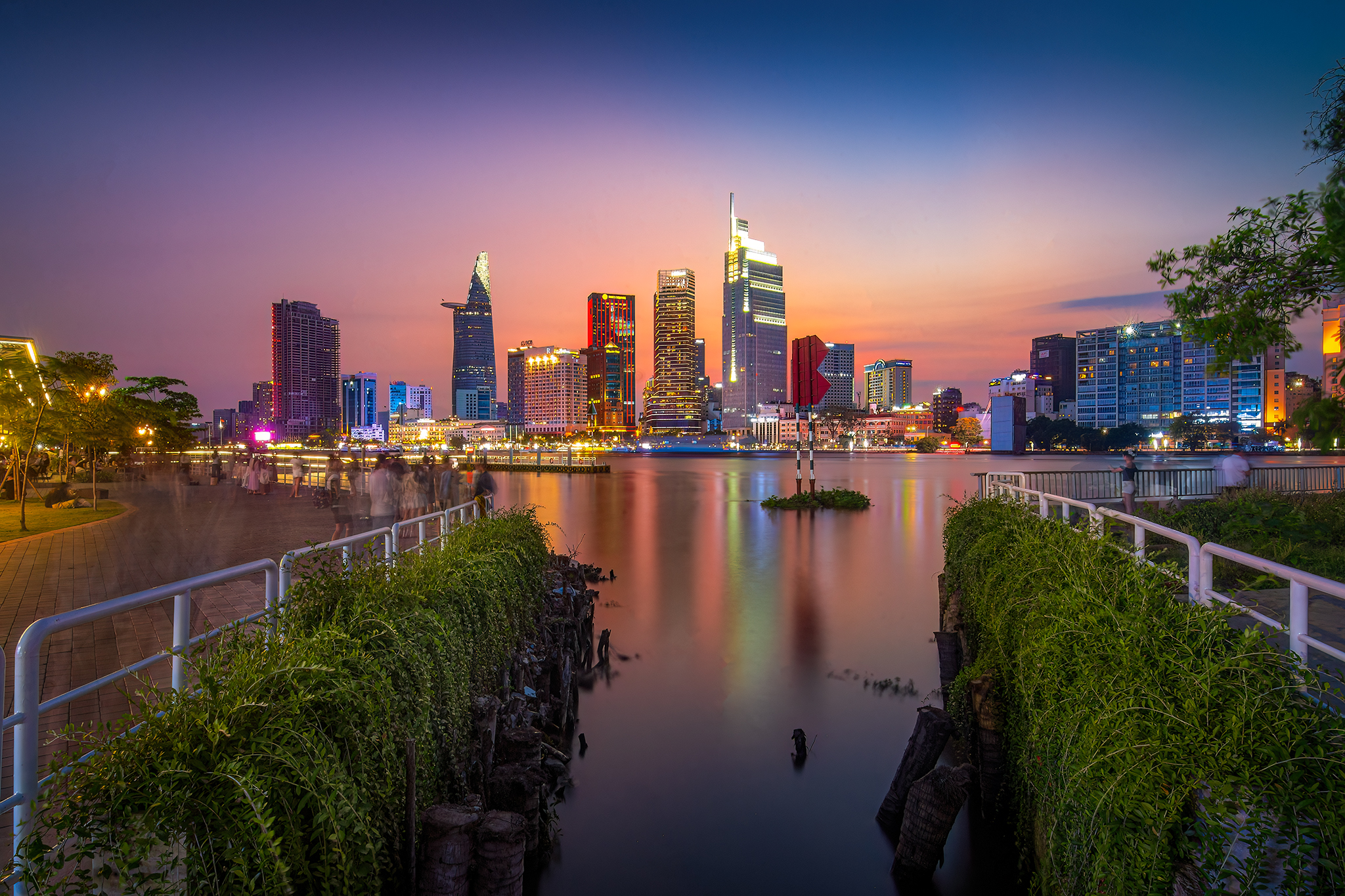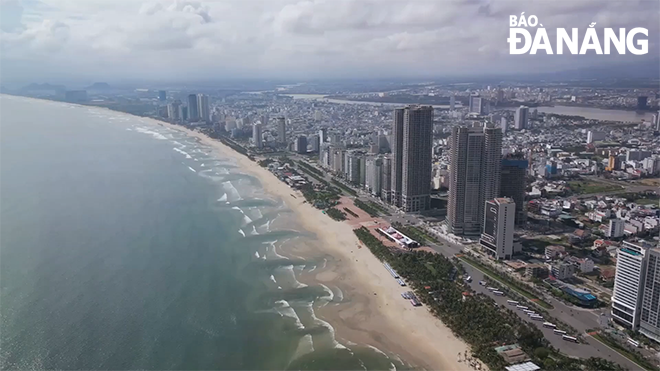Cultural imprints of Viet Nam on Bo Ban village communal house
Da Nang’s Hoa Vang District boasts many old village communal houses, of which Bo Ban nested in Hoa Phong Commune is remarkably hailed as is a typical architectural – traditional landmark work of time-honoured belief.
 |
| Overview of the Bo Ban village communal house |
According to the Hoa Vang District authorities, the original Bo Ban communal house was built in the late 15th century, adjacent to the neighbouring Cam Toai village, and stretching as far as the Yen and Tuy Loan rivers.
At that time, the ancestors of the Tran, Ho, Truong and Nguyen clans hailed from Thanh Hoa and Nghe An central provinces embarked upon settling down their lives here. Later, during the reign of King Le Hien Tong between 1740 and 1786, such other families as Tan, Dinh, Nguyen and Pham came to live, and all of them become the Bo Ban village's predecessors.
Noticeably, in 1800, this village communal house was rebuilt in just simple way on a small mound to the east of the village. In 1852, the house was moved to the currently-known Bo Ban village - a place with charming landscape scenery.
Visiting the house, you will be impressed by its special designs deeply imbued with the unique architectural characteristics of a Vietnamese rural village.
Going through the challenging wheels of life, historical vicissitudes and many times of restoration and embellishment, especially under the impacts of the urbanisation, the house’ the status quo with many original architectural features has still remained intact.
The house boasts 36 pillars made of jackfruit and sandy wood which are firmly placed on pumpkin-shaped stone foundations.
Meanwhile, such other features as sophisticated carving patterns and moss-covered roof seem unchanged, regardless of non-stop bypass of time, all of them together bring up an ancient look for this site.
Given its greatly impressive designs, the house was officially recognised as a national- level architectural monument on 4 January, 1999, by the Ministry of Culture - Sports and Tourism.
Not only does the house serve as a typical worship place, but it also once witness many important historical events during the past wars.
In particular, this venue once provided a secret shelter for revolutionary cadres during the country’s resistance wars.
Once every 3 years, the Bo Ban village communal house festival take place on 16th and 17th of the 3rd lunar month.
This event features a number of solemn rituals to honour ancestors, and to preserve and promote Vietnamese cultural identity.
In addition, various exciting cultural events were held during the festival. Included were water puppet shows, ‘bai choi’ (singing while acting as playing cards) performances, tug-of-war competition, and rod-pushing contest.
The festival aims to create a special and attractive tourism product bearing the local cultural identity in order to attract more visitors for entertainment while learning more about Vietnamese culture.
By HAI AU – Translated by A.T








